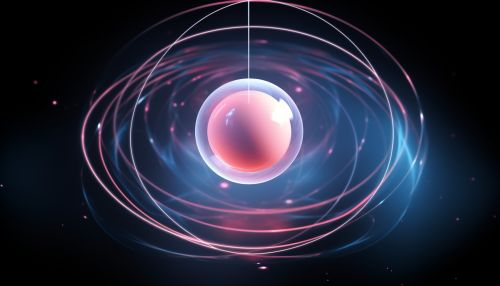Hydrogen
Introduction
Hydrogen is the chemical element with the symbol H and atomic number 1. It is the lightest and most abundant chemical substance in the universe, constituting roughly 75% of its elemental mass. Hydrogen is the raw material that stars 'burn' to produce energy via the process of nuclear fusion.
Characteristics
Hydrogen is a nonmetal and is placed above group 1 in the periodic table because it has ns1 configuration like the alkali metals. However, it varies greatly from the alkali metals as it forms cations (H+) more reluctantly than the other alkali metals. The hydrogen cation (H+) is the most common form of hydrogen on Earth.


Isotopes
There are three isotopes of hydrogen: protium (H-1), deuterium (H-2), and tritium (H-3). Protium, the most common isotope, consists of one proton and one electron. Deuterium, a stable isotope, contains one proton, one neutron, and one electron. Tritium, the third isotope, contains one proton, two neutrons, and one electron. Tritium is radioactive, decaying into helium-3 through beta decay with a half-life of 12.32 years.
Occurrence
Hydrogen is the most abundant element in the universe and is thought to make up about 75% of its elemental mass. On Earth, hydrogen occurs chiefly in combination with oxygen in water, but it is also present in organic matter such as living organisms, and is included in a wide variety of other minerals.
Production
Hydrogen production is a large and growing industry. Globally, some 70 million metric tons of hydrogen, equivalent to about 170 million tons of oil, were produced in 2004. The growth rate is around 10% per year. Within the United States, 2004 production was about 11 million metric tons (MMT), an average power flow of 48 gigawatts.
Uses
Hydrogen has several uses. It is used in the production of ammonia for fertilizer via the Haber-Bosch process, and in the hydrogenation of fats and oils. It is also used in methanol production, in rocketry, and in welding. Other uses include fuel cells and as a coolant in generators.
Hydrogen in Science
In science, hydrogen is used for many purposes, such as the production of water, the hydrogenation of organic compounds, and as a reducing agent. Hydrogen is also used in the study of nuclear physics, as it is a major component in the proton-proton chain reaction, which is one of the two sets of fusion reactions by which stars convert hydrogen into helium.
Safety and Precautions
Hydrogen poses a number of hazards to human safety, from potential detonations and fires when mixed with air to being an asphyxiant in its pure, oxygen-free form. In addition, liquid and solid hydrogen are both cryogenic and can cause severe burns.
